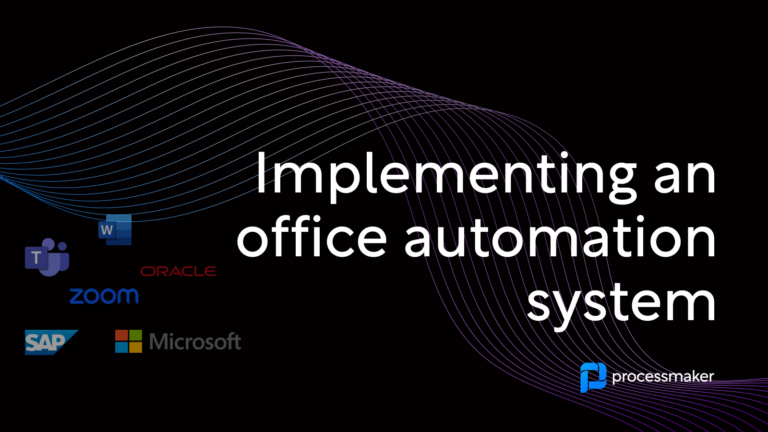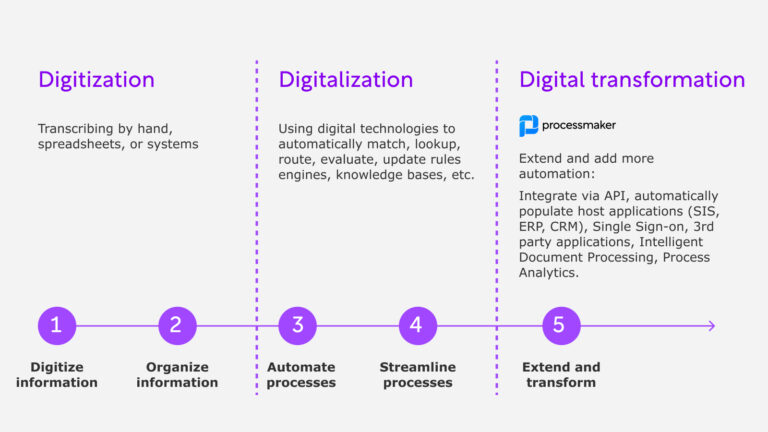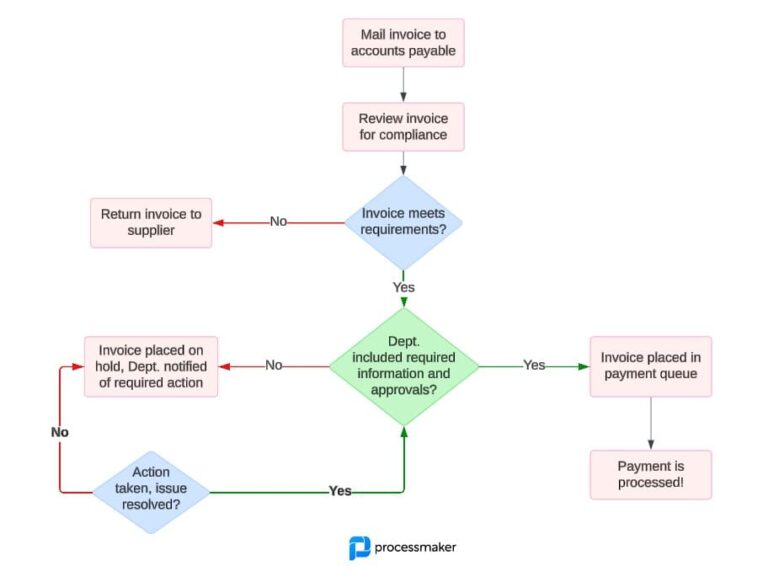Organizations use workflow management to break down processes into a defined sequence of tasks. Team members and automated systems check off the right tasks in the optimal order to achieve their vision of success. Workflow management quashes guesswork: staffers don’t need to rely on memory to recall how a process was performed in the past. It also eliminates nuance: team members follow a prescribed way of doing things. Organizations can establish an iron-clad codex of tasks they can continually needle and nudge toward greater efficiency by using workflow management.
The main benefits of workflow automation
So what are the main benefits propelling this explosive trend? Let’s dive into the top three advantages most encouraging business leaders to focus on workflow management.
Cost reduction
Organizations use workflow management to help high-value workers keep their focus on high-value projects. Industry experts estimate that companies waste up to $5 trillion per year on repetitive tasks barren of productivity. If team members spend less time toiling with menial administration like requesting a new keyboard, submitting a reimbursement, or putting in for vacation days, they can hone in on more critical objectives like creating a memorable customer experience. Workflow management clears desks of busywork so staffers can target big-time projects that are better for the bottom line.
Improved Compliance
A powerful workflow management system is a sentinel of regulatory compliance. Here’s how it is helping organizations like banking and healthcare maintain infallible records:
- Generates a step-by-step audit record showing precisely how a process was performed.
- Eliminates the toll of missing a vital process step. Tasks are mapped out, automatically performed, and tracked, making it almost impossible to skip over a critical one.
- Cuts down on human error. Almost 90% of spreadsheets contain errors, forcing teams to spend hours (sometimes weeks!) tracking down the one faulty cell. Workflow management eliminates costly missteps like errant keystrokes and calculations.
- Reduces copying and pasting to fill out forms and databases. Systems automatically exchange data, creating a “single source of truth” untarnished by the risks of manual transfers.
Workflow management systems are always on guard, catching errors that would easily fall through the cracks if your operations are not up to snuff.
Greater collaboration
Unlike teams that spend their time trying to track down information buried in slides, Slack channels, or spreadsheets, organizations that focus on workflow management engage in more thoughtful conversations. Team members don’t need to spend hours checking in on approvals but can brainstorm new app features or creative ways to patch up revenue drains. Using workflow management, each step is laid out, the right technologies are linked in, and the right people are looped in—always.
It’s also an extraordinary morale boost. Workflow management maps exactly how each task—even the most minor duty—fits into the company’s overall goals. People enjoy jobs where they understand how their contribution impacts the organization’s success, and workflow management helps paint that vivid picture. You can use this data to perform workflow analysis and unearth ways to continually improve processes and bolster collaboration.
Why now is the time to implement workflow management practices in your organization
Workflow management isn’t new—industrialists first deployed it in the 1900s to document the most efficient ways to manufacture metal ball bearings. Mid-century, it helped write the dogmatic handbook for manually hardwiring Apollo guidance systems. Now, workflow management has undergone a renaissance. Thanks to automation, it’s a $6.85 billion global market and an essential tool for nearly every industry: retail, oil and gas, software development, higher education, and banking.
Artificial intelligence, machine learning, and the magic of IoT are rapidly ushering even more automated strategies into the fold. Market experts predict the field will expand by another 30.6% by 2028. It’s never been easier, more efficient, or practical to get started with workflow management.





